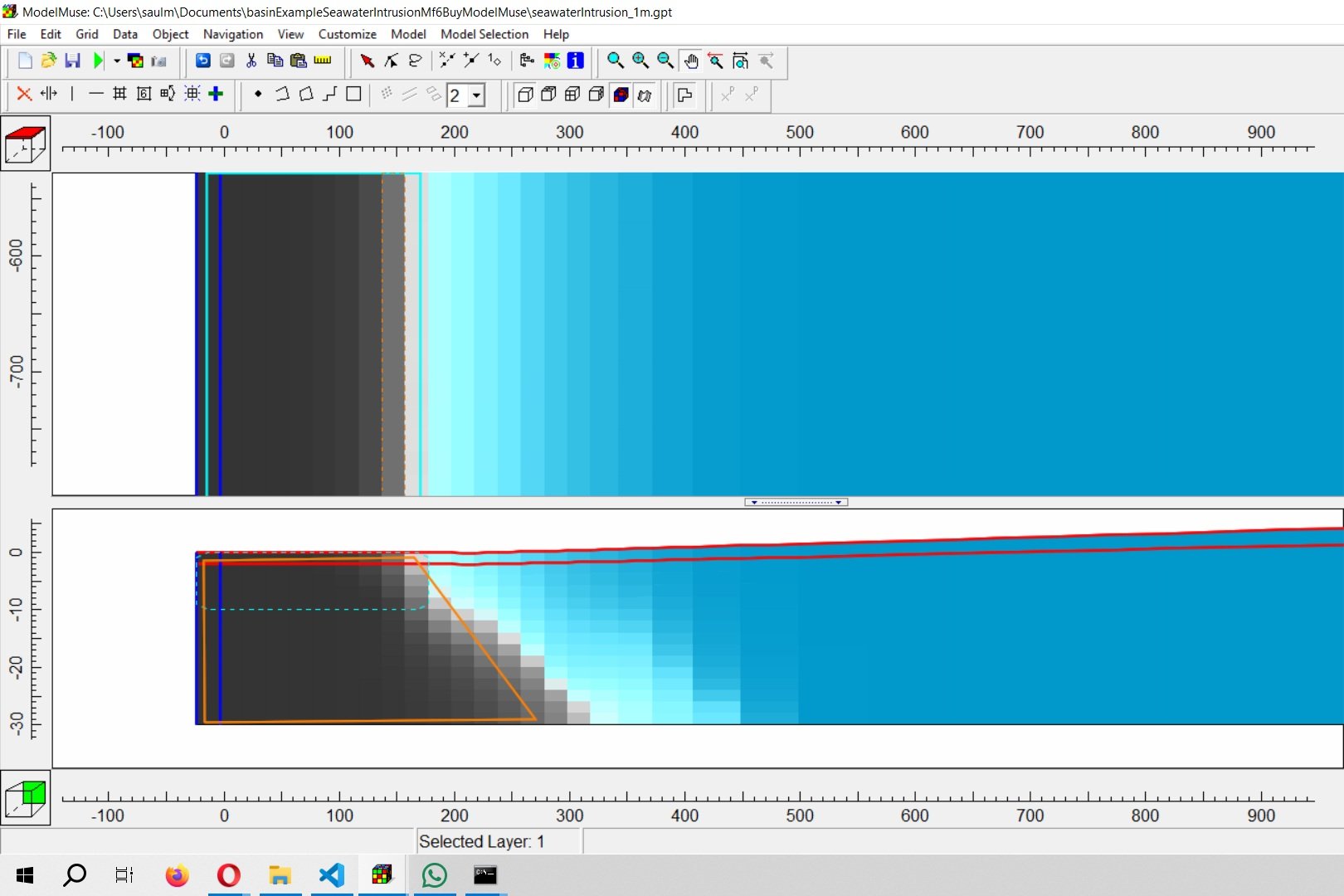Simple example of ion exchange modeling with Phreeqc and Aquifer App - Tutorial
/An example that demonstrates the Phreeqc and Aquifer App capabilities to model ion exchange. This example uses the cation ion exchange approach where only the EXCHANGE keyword is used because EXCHANGE_MASTER_SPECIES and EXCHANGE_SPECIES are included in phreeqc.dat database. The model output is parsed as charts and tables and the solution composition and description are calculated and compared before and after the exchange.
Read More






















